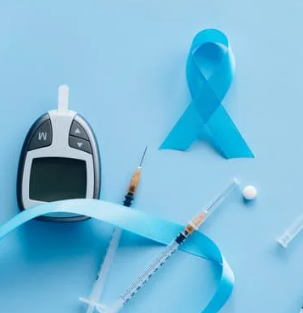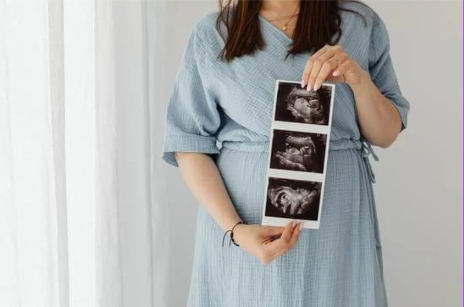In 2021, we introduced one of our partners, Upstream USA, in an article about inequalities in access to women’s health services. Upstream is a non-profit working to expand opportunity by reducing unplanned pregnancy across the U.S. They work directly with healthcare organizations to strengthen reproductive care and autonomy by increasing equitable access to the full range of contraceptive options.
To achieve their mission of helping patients decide if and when they want to have a family, Upstream trains staff in healthcare settings to create a counseling experience that is patient-centered and intentionally incorporates the question, “Would you like to become pregnant in the next year?” into the provider-patient conversation. Based on the patient’s answer, providers can then tailor their care to meet the patient’s needs and interests.
While this sounds simple, it actually requires a comprehensive approach that begins with a capacity assessment of eight dimensions of contraceptive service delivery. Upstream takes into account the healthcare center’s staff, workflows, patient population, and community work to help the agency better serve their patients. Meanwhile, healthcare staff engage in training sessions and self-paced eLearning courses that are eligible for Continuing Medical Education (CME) credits. This training, along with tailored technical assistance, helps transform this short-term intervention into lasting, sustainable change.
Upstream and Azara’s partnership began in 2017. Since then, we have collaboratively designed and programmed a suite of measures and indicators that Upstream and our partner agencies use during and following the engagement to monitor progress. Azara DRVS has become a core component of this strategy, creating opportunities to monitor key contraceptive-related metrics throughout the programmatic work with partner health agencies. This investment in EHR-based metrics has been essential to Upstream’s intervention success. In addition, with assistance and funding from both Upstream and one of our FQHC clients, Azara has been able to create a full suite of related family planning reporting for Title X grantees. But don’t take our word for it, hear directly from Upstream!
Upstream and Azara’s Partnership
Emily Decker, Director Monitoring, Evaluation and Learning | Upstream USA
We are grateful for our partnership with Azara and the tools it has provided us. These tools ensure Upstream’s program is always informed by data in real-time, enabling us to provide impactful technical assistance to our partners. DRVS is a user-friendly way for us and our partners to access essential data points and analyze the contraceptive care services that are being provided to patients.
Upstream provides guidance to partner health agencies to embed contraceptive care into existing primary care and other visit workflows. Our goal is to make providing contraceptive services as seamless as possible for our partners.
Via DRVS, Upstream and the partner agency can monitor implementation of the new workflow to see whether pregnancy intention screening, contraceptive counseling, and contraceptive service provision are occurring. DRVS allows us to analyze what’s working well and where we may want to work with agency staff to identify additional technical assistance to continue improving workflow. It allows agencies to assess their own practice change and how they sustain that practice change over time.
For example, indicators and measures we’ve collaboratively programmed into DRVS include:
- The number of visits with pregnancy intention screening and the annual percentage of patients screened for pregnancy intention
- The number of visits with contraceptive counseling and the annual percentage of patients who received contraceptive counseling
- The number of visits where the patient’s method of contraception was documented in their electronic health record
- The percentage of visits with a most or moderately effective method of contraception provided to the patient and ability to filter by type of hormonal method (IUD, implant, injectable, pill, patch, or ring)
Through working with our partners and Azara, we are learning so much about which indicators and measures are most helpful in monitoring our contraceptive access initiative and we are making a positive difference in the lives and care of women across the U.S.
Upstream is growing and welcoming new partners. If you are interested in learning more about working with Upstream, email info@upstream.org, visit www.upstream.org
Related Articles

Value-Based Care Foundations Part 2: A New Chapter in Risk Adjustment
Explore Insights
Socioeconomic Status, Access, and Control: Rethinking Diabetes Outcomes
Explore Insights
